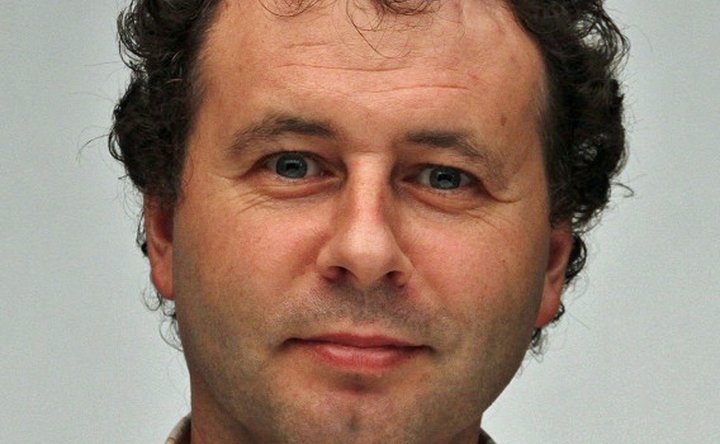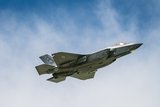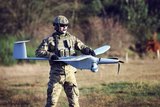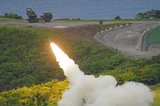North Korea launches first ICBM since 2017
Pyongyang successfully fired its first intercontinental ballistic missile on 24 March, more than four years since the last time did so. (KCNA)
North Korea launched an intercontinental ballistic missile (ICBM) from Pyongyang International Airport on 24 March, the country’s fourth such test and the first since 28 November 2017.
The liquid-propelled missile was launched from a giant 11-axle road-mobile launcher, flying for 71 minutes. It achieved an altitude of 6,248.5km and a range of 1,090km before plopping down inside Japan’s exclusive economic zone. Its splashdown point was 150km west of the Oshima Peninsula in the southern part of Hokkaido.
This flight path was a lofted trajectory, allowing North Korea to observe the missile’s full flight and avoid flying over Japan. Such a
Already have an account? Log in
Want to keep reading this article?
More from Defence Notes
-
![Taiwan approved for $11 billion weapon purchase from US]()
Taiwan approved for $11 billion weapon purchase from US
The US State Department’s approval of a multi-billion-dollar sale of weapons to Taiwan includes tactical mission networks equipment, uncrewed aerial systems, artillery rocket systems and self-propelled howitzers as well as anti-tank guided missiles.
-
![Ireland spells out $2.3 billion shopping list in five-year defence spending plan]()
Ireland spells out $2.3 billion shopping list in five-year defence spending plan
Ireland’s multi-annual investment in capital defence spending is set to rise from €300m in 2026 to €360m in 2029–2030 with major upgrades across land, air, maritime and cyber domains.
-
![Canada to deepen integration of multi-domain capabilities to strengthen its defences]()
Canada to deepen integration of multi-domain capabilities to strengthen its defences
The Canadian Department of National Defence has created new organisations to manage the procurement and integration of all-domain solutions and allocated US$258.33 million to strengthen production capacities.
-
![US National Security Strategy prioritises advanced military capabilities and national industry]()
US National Security Strategy prioritises advanced military capabilities and national industry
The 2025 NSS has emphasised investment in the US nuclear and air defence inventory and national industry, but it leaves multiple unanswered questions on how the White House will implement this approach.
-
![Canada set to look away from its neighbour and across the Atlantic for partners]()
Canada set to look away from its neighbour and across the Atlantic for partners
While non-EU UK struggles to join the Security Action for Europe initiative, which provides loans for defence programmes, Canada has become the first country outside Europe to get access – and did so for a nominal fee.
-
![NATO experiments with solutions to integrate networks, AI and uncrewed systems]()
NATO experiments with solutions to integrate networks, AI and uncrewed systems
During the latest edition of the NATO DiBaX, the alliance tested multiple capabilities to inform requirements for future efforts.


























